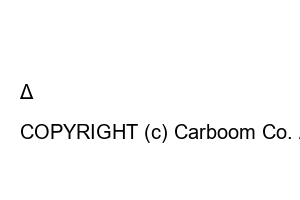차선변경 위반 범칙금While driving on the highway, you will encounter various ‘villains’. Representative examples include drivers who run on the shoulder of the road in congested areas, drivers who damage others by overspeeding or driving at constant speed in the first lane, and owners who frequently change lanes and cut themselves.
Of these, the solid line lane change I will introduce today is actually one of the wrong driving methods that many drivers do without being aware of it. There is a solid line section where lane changing is clearly prohibited on the highway, but there are not many drivers who properly observe it. It should be kept in mind that if someone reports this with a black box video, it is a wrong act to pay a fine.
Written by Park Joon-young, editor-in-chief
Needless to say, honestly, many drivers don’t care much about this. Because there are so many examples. Everyone responds sensitively to constant speed driving or speeding in the first lane, but it seems to be relatively generous to changing lanes. The solid-line section of the highway is a clear violation of the law. Occasionally, there are roads marked with two solid lines, which are strong warnings to “never” change lanes.
If someone violates this and reports it, 10 penalty points and a fine of 30,000 won will be imposed. Like the carnival in the picture, you should not change lanes with solid lines. At least, the carnival was violated in the section where the dotted line was almost close, and the turn signal was correctly turned on, so it may be a little unfair from the driver’s point of view. However, it is true that the law was not followed.
Changing lanes in tunnels is also a very sensitive topic, but many drivers say that it is more uncomfortable and dangerous to drive within the lane by following the law. First of all, the reason why lane changes are prohibited in tunnels is, of course, for safety reasons. If an accident occurs while overtaking in a tunnel, it can lead to a large-scale accident due to the closed tunnel structure, so it is prohibited.
However, there are many responses that the ban on changing lanes threatens safety even more. Since lane movement is prohibited at all, there is a risk of avoiding it or colliding with a low-speed vehicle in the event of an accident in the tunnel. In response, the government has eased regulations to allow lane movement, not overtaking, in some tunnels. However, only a few of the tunnels are affected, and lane changing is still prohibited in most tunnels.
There may be various opinions on solid-line sections and lane changes in tunnels, but everyone will agree that unconditionally strong punishment should be given to meekly intervening. The sloppy cut-in, which usually occurs during congested hours, such as commuting, raises the eyebrows of many drivers. Interrupting at the end of the merging section also amounts to sloppy intervention.
If you cut in in a cut-in-prohibited section, you can use the black box to report it to the smart public reporting app, and the driver will be punished. There are no separate penalty points, and a fine of 40,000 won is imposed on cars and vans, and a fine of 30,000 won on two-wheeled vehicles. 40,000 won for one intervention is a painful amount. The best way to prevent meddling is, of course, financial therapy.
Editor-in-Chief | content_group@fastviewkorea.com
Δ
All contents of AutoPost are protected by copyright law, and unauthorized reproduction, copying, distribution, etc. are prohibited.
COPYRIGHT (c) Carboom Co. ALL RIGHTS RESERVED.

